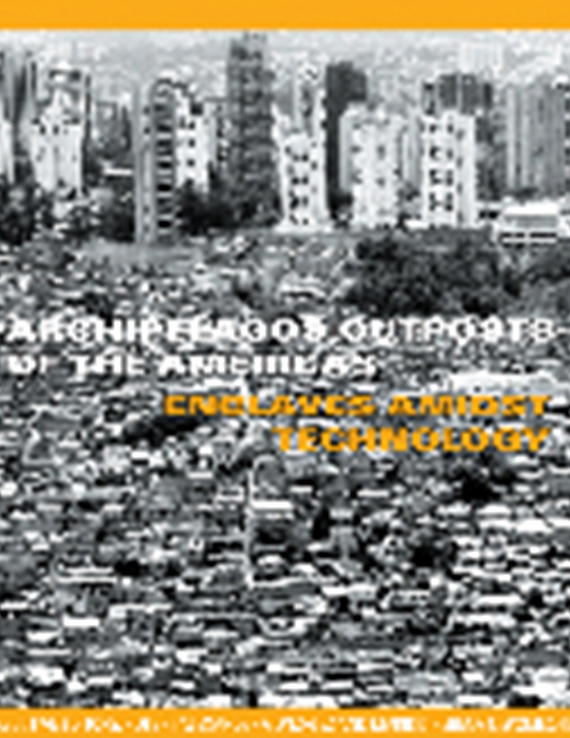Author(s): Joongsub Kim
Working with poor neighborhoods in design studios challenges participants to overcome limited resources (e.g., resident participation, funding, or facilities), communication difficulties (e.g., between student architects and laypersons), and cultural differences (e.g., white suburban students vs. black urban residents). Moreover, teaching white students the value of a community-based approach, while building a long-term, professional, working relationship with poor black residents, imposes an extra pedagogical challenge. This paper describes a holistic inquiry into the built environment undertaken at the community outreach studio of an architecture school in Michigan, presenting preliminary outcomes of interviews and a questionnaire survey of students and residents.Working with instructors from different disciplines, students collaborate with residents of poor Detroit neighborhoods. In addition to the typical focus group sessions, charrettes, neighborhood presentations, and workshops, this studio engages in social scientific research. These activities test theory; facilitate evaluating existing facilities, conducting feasibility studies, developing neighborhood educational programs and formulating design principles. This paper illustrates how the studio weaves together theory and method from the arts, sciences, and humanities into architectural inquiry.The outcomes of the interviews and the survey of participants in this interdisciplinary and collaborative studio demonstrate the considerable benefits of learning from people who represent diverse professional and disciplinary fields. The studio activities promote a better understanding of the cultural, political, and economic fabric that shapes urban design. This in turn helps students understand how design becomes meaningful for and interlaces with a community, through interacting with people from diverse cultural backgrounds and exploring how theory and practice are woven into a holistic view of and inquiry into the built environment.
Volume Editors
Marilys R. Nepomechie & Robert Gonzalez
ISBN
0-935502-54-8

 Study Architecture
Study Architecture  ProPEL
ProPEL 
